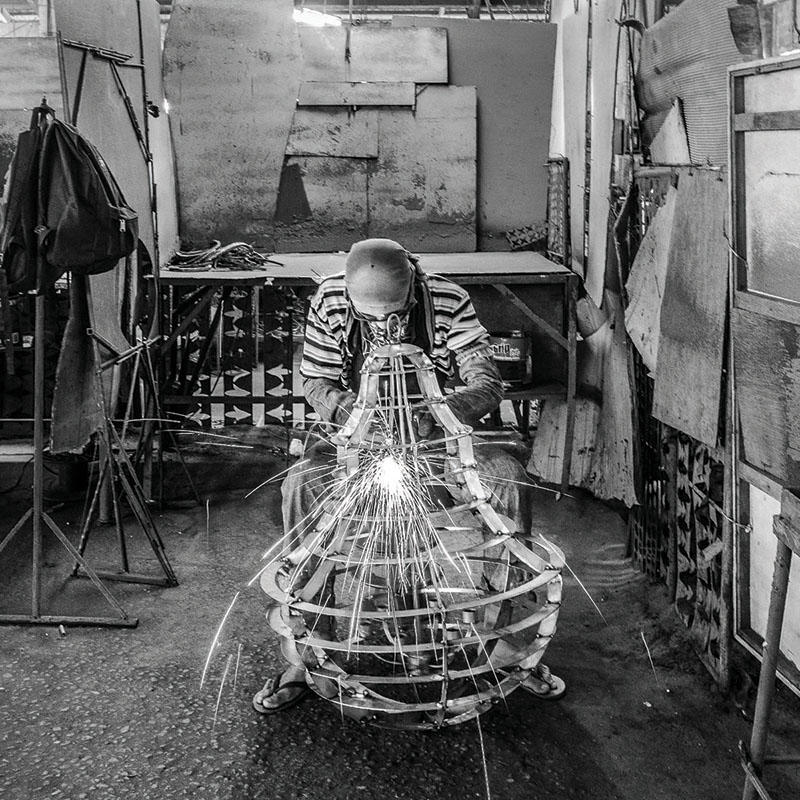Companies sourcing from a complex web of overseas suppliers are constantly making (and managing) connections with manufacturers around the globe.

“It sounds so simple: We’re going to import container loads of product from other countries and sell it wholesale,” says David Gebhart, founder and CEO of Global Views. “It goes smoothly for the most part or we wouldn’t have a business, but it’s not without its moments.” (One particular story—about iron products that were manufactured in India during monsoon season and shipped to Texas—ends in “rust, mold, and everything horrible you can think of.”)
When Gebhart was in the early stages of launching Global Views, he went on a sourcing trip to Portugal, Italy, China, India and Mexico. The partnerships he built on those first visits 22 years ago still form the backbone of his business today. The company was recently recognized by a trade association in Portugal for its long-standing work with six local factories (four for ceramics, two for glass) in appreciation of the business it had brought to the regional economy. “We’ve worked really hard to grow and develop the relationships we started all of those years ago,” he says. “Those manufacturers have grown with us, and we’ve worked with them to improve their quality, to stretch themselves beyond the singular material they were working with when we started. By pairing our knowledge of design with their technical know-how and artistry, we make beautiful objects.”

BOH subscribers and BOH Insiders.









































